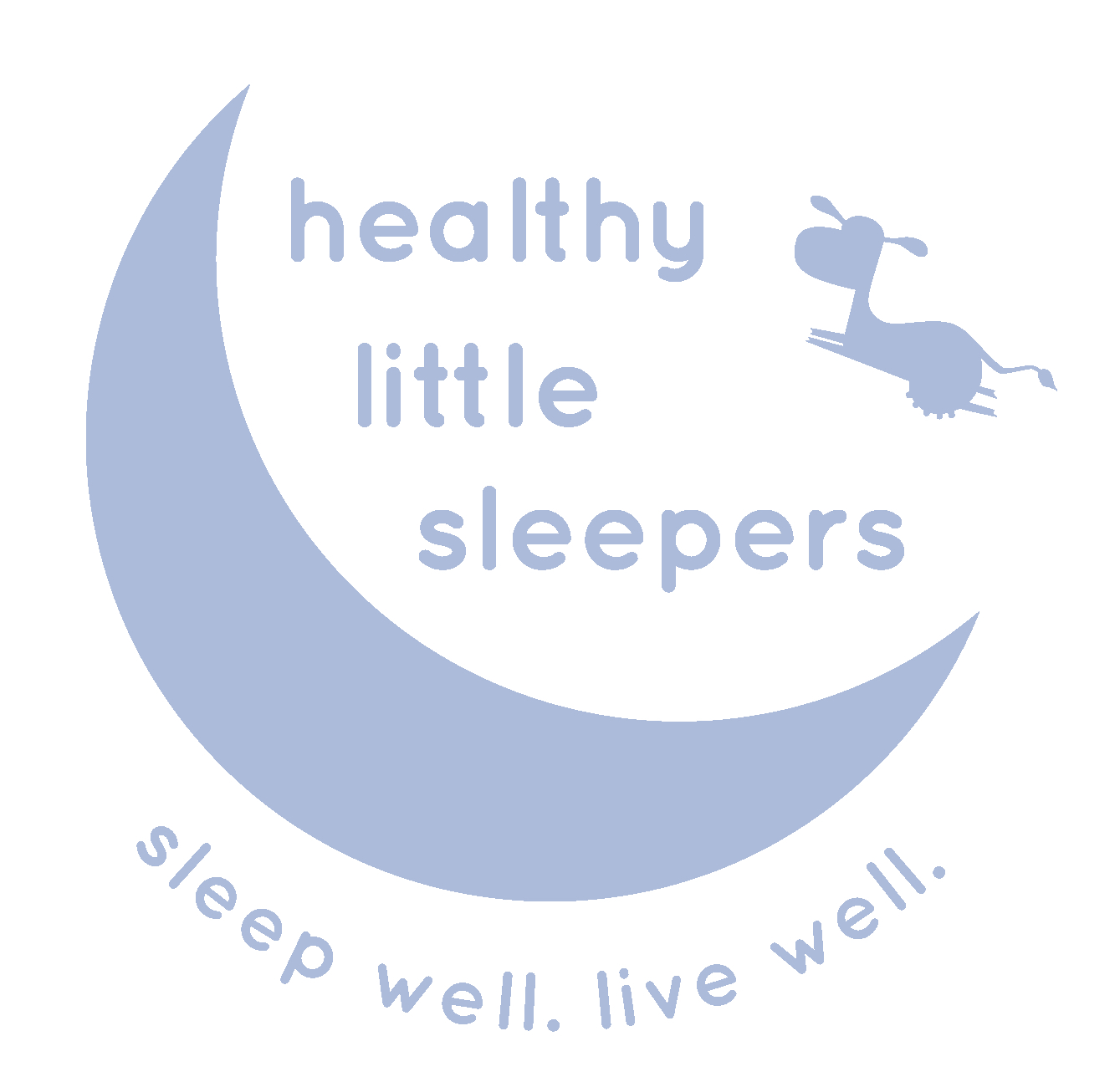What is Sleep Training?
Soooo often, I chat with parents who don’t think they need sleep training for their baby. Their newborn has been sleeping like an angel – regular naps during the day and falling fast asleep at night, maybe with a quick feed in the middle of the night and right back to sleep…
But, that nice-and-easy sleep routine usually falls apart around 3 to 4 months. Your little might not fall asleep during their night feeds anymore, or they wake up as soon as you put them down. And then you’re in a cycle of not being able to get your little to sleep without your constant help – whether that means feeding, rocking, or holding them.
What worked before no longer does, and now you’re super tired – and so is your little! ACK! What happened to your dream sleeper??
Well, there are usually several developmental milestones around 4 months that lead to a sleep regression. Their sleep cycles change a bit, with longer periods of lighter sleep per cycle. They also start to work on exciting new skills, like moving around and rolling – which are oh, so fun to practice, especially when it’s time to sleep. Plus, this is the age babies really know how they’ve been falling asleep – which is why this is a great time to start working on independent sleep skills and start sleep training.
So, by four months, babies can – and should – be able to fall asleep or fall back to sleep on their own (by self-soothing). But if your little is older than that, don’t worry – it’s never too late to develop healthy sleep habits!
What Is Sleep Training?
Let’s get into it: Sleep training is teaching your baby to fall asleep on their own – without help from you. That means you put your little down for bed, but still awake, so they can actually fall asleep without being rocked, swayed, cuddled, nursed, shushed, or comforted with a pacifier.
This means your little will be able to fall back to sleep when they inevitably do wake up during the night (which is a normal part of the sleep cycle, even for adults). Because, whatever tools they use to fall asleep at bedtime are the same things they’re going to look for when they wake up during the night.
And, with sleep training, you can apply the nighttime techniques to naps too, which means all aspects of your little’s sleep will eventually come together and happen easier.
What Isn’t Sleep Training?
One of the reasons sleep training gets a bad rap is because it’s often used synonymously with allowing babies to cry it out, AKA the extinction method. While that is an approach (but not often used, because of parent worry), it’s not the only one. (And, by the way, crying isn’t a bad thing! It’s how babies communicate. You can read about why it’s totally okay and normal for them to do here.)
In the past, it was thought that sleep training (again, particularly the ‘cry-it-out’ method) would create emotional or attachment issues later in childhood, but research shows sleep training doesn’t have any negative long-term effect on littles. Sleep training is not only safe, but it’s also extremely important when it comes to baby’s development. (When babies get restful sleep, their brain actually experiences intense activity – giving them the foundation for healthy hearts, immune systems, growth, and abilities to process their emotions and memories.)
How Do I Start Sleep Training?
There are several different methods to sleep training, and the one you choose is going to depend on your little. But sleep training should always start with a solid bedtime routine (which can be started at any age, even newborn). What your bedtime routine looks like will vary but usually it’ll involve feeding, a bath, teeth brushing, getting into PJs, and then a story or song. Ideally, you don’t want your little to fall asleep at any point during your bedtime routine – remember, you want to be able to put them down when they’re still awake.
If you have any questions about sleep training or want some support in setting up a healthy sleep foundation for your little one, you can schedule a FREE 15-minute call with me! Click here to schedule a time for us to chat!
